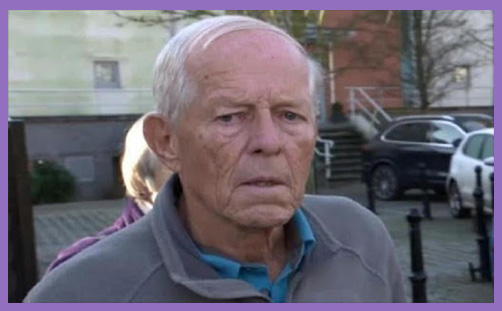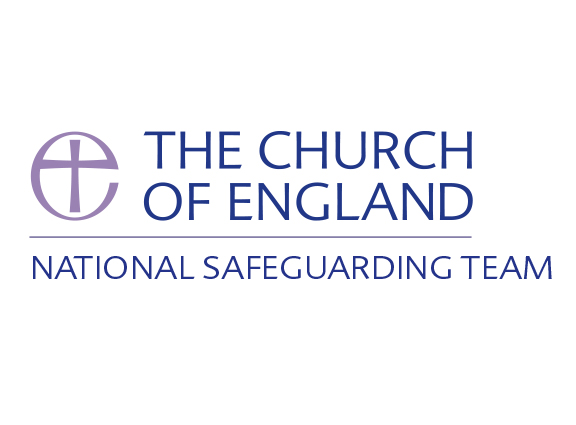
The Terms of Reference released this week, for the proposed John Smyth Review, gives us information about the review process taking place over the next nine months by the Reviewer Keith Makin. With my readers I have tried to follow Smyth’s story as best I can ever since the Channel 4 presentation in February 2017. The Channel 4 programme detailed the now familiar story of beatings in a shed in Smyth’s back garden in Winchester between 1979 and 1982. At the time when this story broke, I was roused into writing a letter to the Church Times. This was in response to a claim that these beatings of devout school boys had no theological dimension. It was then quite clear to me that Smyth believed in the redemptive power of pain, which related to his evangelical ideas about the Atonement. No one then or now would concur with this warped attempt at religious justification. His behaviour was criminal. At the time of his death in August 2018, Smyth was facing extradition from South Africa to England to face charges.
The Terms document for this proposed Review contains a so-called ‘factual summary’ of the Smyth story. Although it cannot be expected to go into detail, the author of the document does not seem to understand the meaning of the word ‘fact’. I pass over the inaccuracy of the described relationship between the Iwerne Trust and the current Titus Trust. That is unimportant. What is important is the attempt to gloss over the relationship between Justin Welby and Smyth. The document declares as fact that Welby knew Smyth but ‘not substantially’. This claim may be in fact true but the Reviewer should take nothing for granted. He needs to ask questions without any answers being decided beforehand. Only diligent enquiry can establish whether or not a relationship with Smyth was substantial. Questions, as in a court of law, have to be asked about every aspect of Smyth’s network. From my perspective, Smyth’s social circle has to be fully understood to make sense both of his crimes and the cover-up that follows them. The Terms of Reference speak about the response of the Church of England and its officers to the allegations. The Church of England as a body probably knew nothing but considerable numbers of individuals associated with the Iwerne camps, many of them senior CofE clergy at the time or subsequently, appeared to know a great deal but chose to keep quiet.
This brings us on to a second important misleading claim in the factual summary. It states that John Smyth subsequently moved to Zimbabwe. The implication is that he had been ‘encouraged to seek work overseas’ by the committee who had investigated his behaviour on behalf of the Iwerne Trust. This seems to be a misstatement of what actually happened. In brief, substantial funds were pledged in England by Smyth’s Iwerne circle to allow him to run a mission in Zimbabwe. This focused on running Christian camps for young men. This financial support owed much to the Coleman family and their names appear as trustees for well over a decade. The question has to be asked as to whether the trust that supported Smyth was genuinely interested in mission work or whether it had another motive – to keep a lid on a major scandal. Smyth had become an embarrassment to his wealthy evangelical friends in England and so packing him off to Africa was an expedient solution to a problem. Various problems and complaints arose from these camps and they are well documented. I have a 1993 document downloaded from the net running to twenty pages which detail complaints by other Christian groups working in Bulawayo. The question that needs to be asked by the Reviewer is whether the UK Zambezi Ministries trustees took any action in response to these credible accusations. The death of the young man, Guide Nyachuru, was not the only accusation of harm. You could characterise the camps as centres set up to gratify the needs of a leader rather than help Zimbabwean young people to grow as Christians.
The problems with the way the facts of the past are recorded is not the only limitation the Terms of Reference reveal. The Reviewer, Keith Makin, may be a thoroughly honourable person but questions remain how effective his Review can be. There is, as we have claimed, a slanted ‘factual summary’ of the past. But, to help him potentially, there are the principles for conducting a good Review which Kate Blackwell QC so ably outlined on the Sunday programme. She emphasised how important it was to have all the information that was needed. It was also important for the commissioning body not to set out any parameters, whether of time or perceived relevance. Although a Church of England review is not one conducted according to strict legal principles, John Smyth’s alleged offences were criminal. This ought to give a seriousness to everything that is said and reported to the Reviewer. We can only hope that he can break through various artificial constraints that are already in evidence. The Church should be asked to find a way round the refusal of two key witnesses, Scripture Union and Titus Trustees to cooperate with the Review. Can it really be true that legal cases outstanding prevent the Titus trustees from sharing information? As important stakeholders, the absence of their witness will make the Review less valuable.
Two final comments on the nine-page Terms of Reference need to be raised. The main concern of survivors and their supporters is an answer to one simple question. How is it that the nefarious deeds of an important figure in the Iwerne/Titus network was so successfully covered up for over thirty years? Is no one going to explain to the rest of the church how and why this happened? A cover-up on this scale must have dragged numerous individuals into its embrace and the corruption necessarily involved is not good to contemplate. It is in other words not just the reaction of the Church of England that is of potential interest to an unbiased reviewer but all the other people among Smyth’s network who knew and did nothing. The same question can of course be asked of Jonathan Fletcher and the attempts at cover-up of his misdeeds that are continuing.
A thought for one group that gets a mention but little in the way of understanding or compassion, the surviving relatives of Smyth. They are victims in a different way from the survivors but they are likely completely innocent of his crimes. It would be good if they could be treated with respect instead of just having the review shared with them as an afterthought. Kate Blackwell in fact mentioned the involvement of every concerned party at the very start of the review process. This would include the relatives of a deceased alleged perpetrator as well as the victims/survivors.
The Terms of Reference for the examination of the case of John Smyth are like the curate’s egg – good in parts. It remains to be seen whether the Reviewer Kevin Makin can overcome the flaws of the Terms and produce a good and valuable Review. There will be many people watching, aware of the history of the Church in recent years to do everything to cover-up and bury truth if it appears to damage its image. As Kate Blackwell said in her broadcast, the most important people in a review are those who have been injured. Their verdict will be the one that matters. We await it with interest to see what they have to say.








